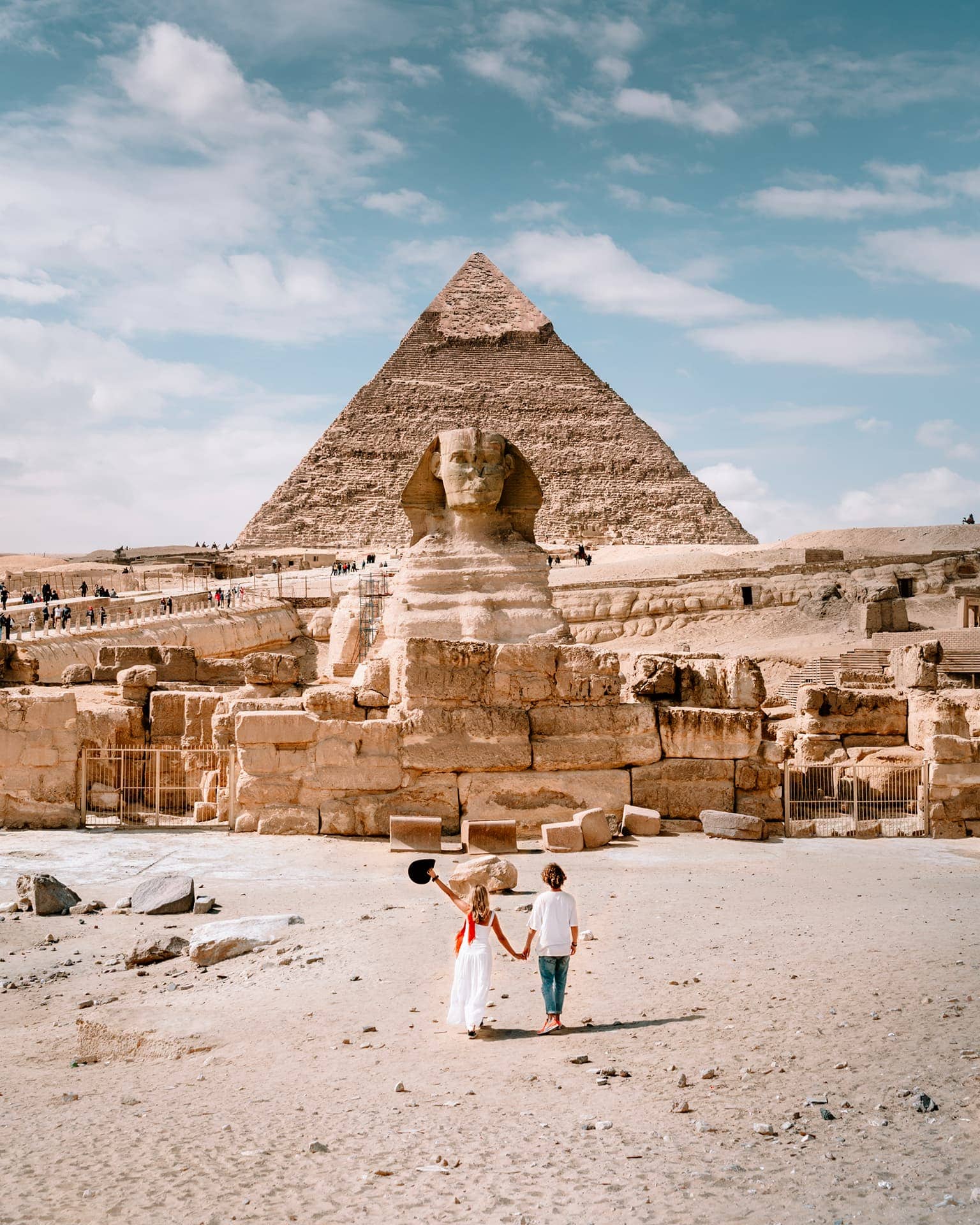The tomb of Senezemib, also known as G 2370, is a fascinating artifact of ancient Egyptian history, located in the Western Cemetery at Giza. Senezemib was a prominent figure during the Fifth Dynasty, holding the influential title of “overseer of all the works of the king,” which made him one of the chief architects of his time.
The architectural design of Senezemib’s tomb is complex, featuring a mastaba with an offering chapel above ground and a series of subterranean rooms and corridors. These lead to the burial chamber, which was the final resting place of Senezemib. The offering chapel was a place for the living to provide offerings for the deceased and is decorated with finely carved and painted reliefs. These reliefs depict various scenes from daily life, as well as offering rituals, and they provide a wealth of information about Senezemib’s titles and duties.
One of the most significant aspects of the tomb is the serdab, a sealed chamber that housed a statue of the deceased. This statue allowed the ka, or spirit, of Senezemib to receive the offerings. Although the original statue is not preserved, the existence of the serdab is a testament to the ancient Egyptians’ beliefs in the afterlife and the importance of the funerary cult.
The tomb also includes a false door, which was meant to serve as a portal for the ka to enter and exit the tomb. The false door often bore inscriptions and offered a focal point for offering rituals.
Senezemib’s tomb provides invaluable insights into the religious beliefs, funerary practices, and social hierarchy of the Old Kingdom period.
 English
English











